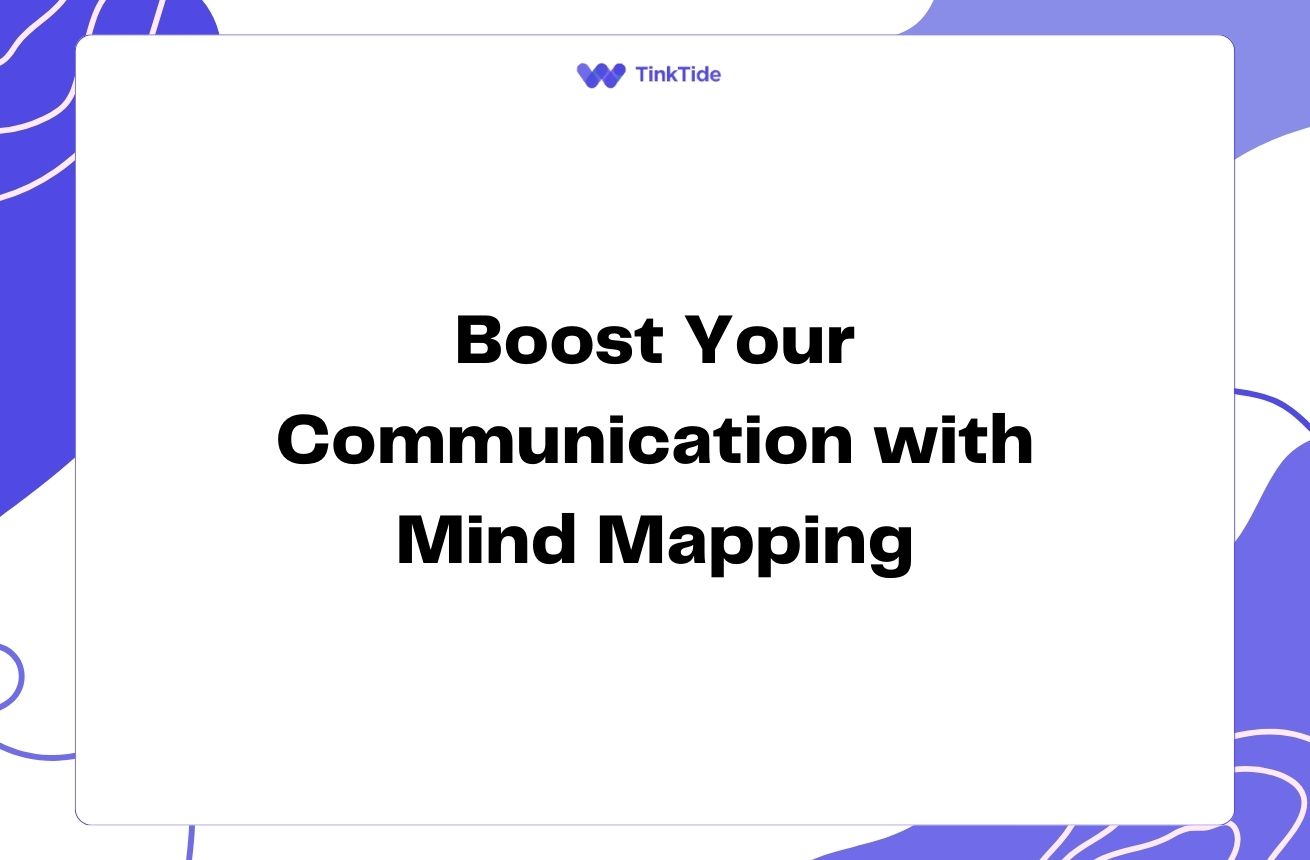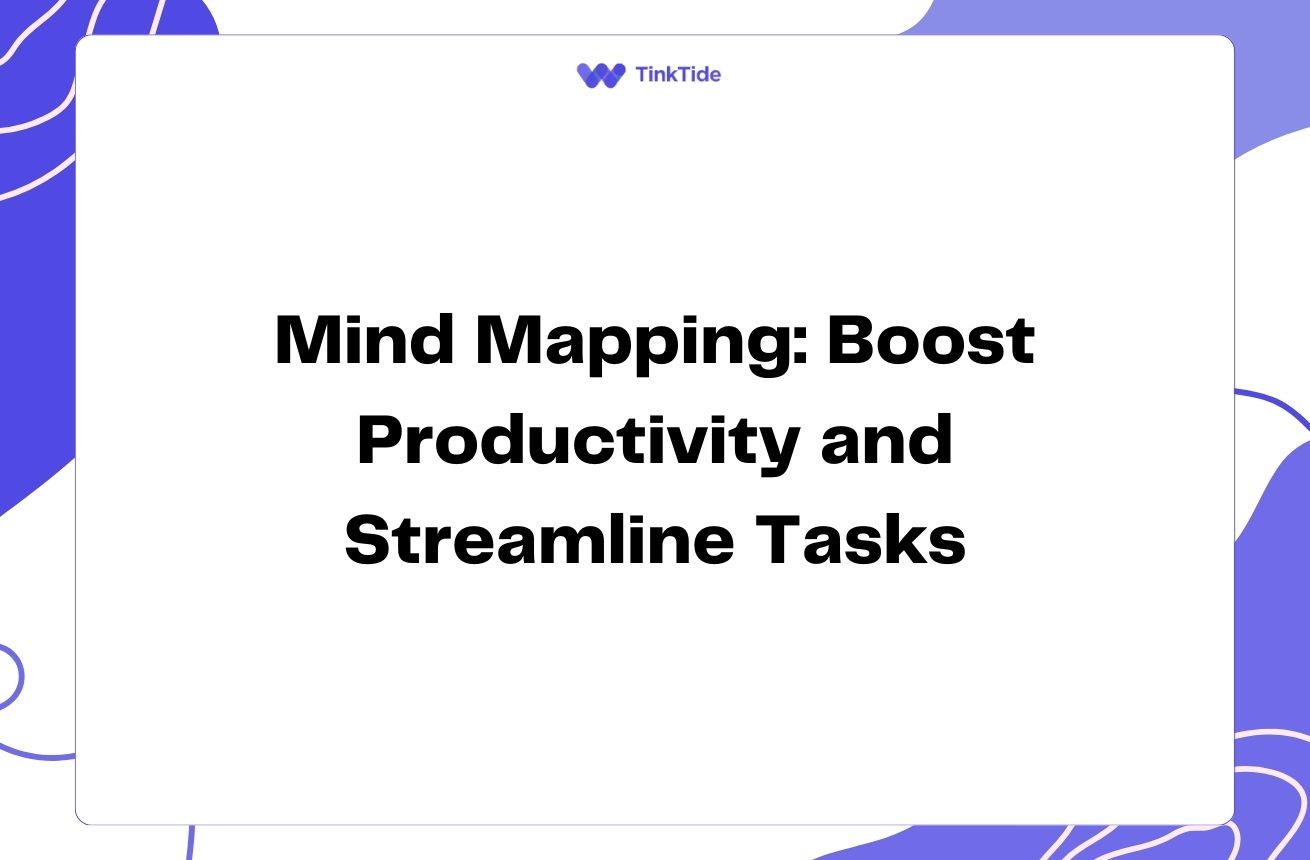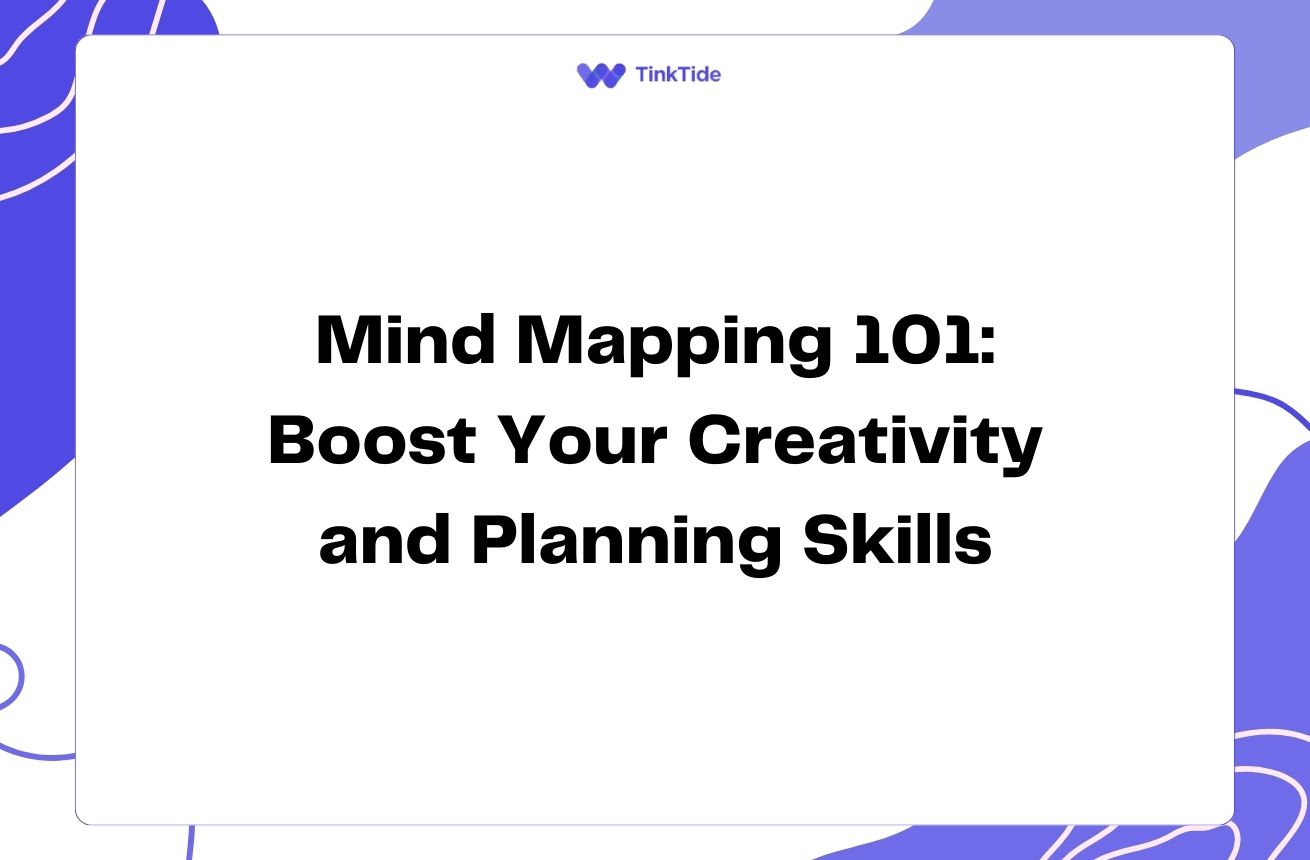Boost Your Content Strategy with Mind Mapping
The Power of Mind Mapping in Content Marketing
Content marketing is a crucial aspect of any successful digital strategy. However, organizing and planning your content can be challenging. This is where mind mapping comes in. Mind mapping is a visual brainstorming technique that can revolutionize your content marketing strategy, making it more efficient and creative.
Mind maps are diagrams used to visually organize information. They start with a central idea and branch out into related subtopics. This structure mimics the way our brains naturally process information, making it an ideal tool for content planning.
By using mind maps, you can easily see the big picture of your content strategy while also diving into specific details. This visual approach helps you identify gaps in your content, discover new topic ideas, and create a more cohesive content plan.
Benefits of Using Mind Maps for Content Strategy
Mind mapping offers numerous advantages for content marketers. Let's explore some key benefits:
- Enhanced creativity: Visual representation stimulates new ideas and connections
- Improved organization: Easily structure and categorize your content topics
- Better collaboration: Share and brainstorm with team members more effectively
- Increased productivity: Streamline your content planning process
- Flexibility: Easily adapt and modify your strategy as needed
Getting Started with Mind Mapping for Content
To begin using mind maps for your content strategy, you'll need to choose a tool. While you can create mind maps on paper, digital tools offer more flexibility and collaboration options. Some popular mind mapping tools include MindMeister, XMind, and MindMup.
Start by placing your main content goal or theme in the center of your mind map. From there, branch out into major categories or content pillars. These could be different product lines, audience segments, or content types.
As you continue to branch out, add more specific content ideas, keywords, and potential titles. Don't worry about perfection at this stage – the goal is to get all your ideas down and see how they connect.
Structuring Your Content Strategy Mind Map
A well-structured mind map can significantly enhance your content planning process. Here's a suggested structure for your content strategy mind map:
- Central theme: Your overall content marketing goal
- Main branches: Content pillars or major categories
- Sub-branches: Specific topics or content pieces
- Leaves: Keywords, titles, formats, and other details
Remember to use colors, icons, and images to make your mind map more visually appealing and easier to navigate. This visual hierarchy will help you quickly identify different elements of your strategy.
Using Mind Maps for Content Calendar Planning
Mind maps can be particularly useful for planning your content calendar. Create a branch for each month or quarter, then add sub-branches for specific content pieces. You can include details like publication dates, target audience, and content formats.
This visual approach to calendar planning allows you to see the distribution of your content over time. You can easily identify gaps or overlaps in your schedule and make adjustments as needed.
Tools like Coggle allow you to add timestamps to your mind map elements, making it even easier to plan and track your content schedule.
Collaborative Mind Mapping for Content Teams
One of the great advantages of digital mind mapping tools is the ability to collaborate in real-time. This feature is particularly useful for content marketing teams working remotely or across different departments.
Collaborative mind mapping allows team members to contribute ideas, comment on proposals, and work together on content planning. This can lead to more diverse and innovative content strategies.
Tools like Miro offer mind mapping features along with other collaboration tools, making them ideal for team-based content planning sessions.
Steps to Create a Content Strategy Mind Map
Follow these steps to create an effective content strategy mind map:
- Step 1: Define your central theme or main content goal
- Step 2: Identify your main content pillars or categories
- Step 3: Brainstorm specific content ideas for each pillar
- Step 4: Add details like keywords, formats, and target audience
- Step 5: Review and refine your mind map
- Step 6: Share with your team for feedback and collaboration
Integrating SEO into Your Content Strategy Mind Map
Mind maps can be a powerful tool for integrating SEO into your content strategy. Create branches for your target keywords and link them to relevant content ideas. This visual representation can help you ensure that your content plan covers all your important keywords.
You can also use mind maps to plan your internal linking strategy. Create connections between related content pieces to visualize how they will link to each other on your website.
Tools like Screaming Frog SEO Spider can generate visual sitemaps that you can incorporate into your content strategy mind map for a comprehensive view of your website's structure and content.
Address common questions
Here are some frequently asked questions about using mind maps for content marketing strategies:
How often should I update my content strategy mind map?
It's a good practice to review and update your mind map regularly, ideally on a monthly or quarterly basis. This allows you to adapt to changes in your industry, audience needs, or business goals. Regular updates ensure your content strategy remains relevant and effective.
Can mind mapping replace traditional content calendars?
While mind maps are excellent for brainstorming and visualizing your overall content strategy, they work best in conjunction with traditional content calendars. Use mind maps for high-level planning and idea generation, then transfer specific content plans to a calendar for detailed scheduling and task management.
How can I measure the effectiveness of my mind-mapped content strategy?
Incorporate key performance indicators (KPIs) into your mind map. Create branches for different metrics like traffic, engagement, conversions, and link them to relevant content pieces. Regularly update these with actual data to visualize the performance of your content strategy.
What if I'm not visually inclined? Can I still use mind maps effectively?
Absolutely! Mind mapping doesn't require artistic skills. Start with simple text-based maps and gradually incorporate colors and icons as you become more comfortable. Many digital tools offer templates and auto-formatting features to help create visually appealing mind maps.
How can I use mind maps for content repurposing?
Create a branch for each piece of cornerstone content, then add sub-branches for different ways to repurpose it (e.g., infographic, video, podcast). This visual approach can help you maximize the value of your existing content and identify new opportunities for repurposing.
Provide additional resources
Mind Mapping for Dummies
A comprehensive guide to getting started with mind mapping
Content Marketing Institute's Guide to Visual Content
Learn how to incorporate visual elements into your content strategy
HubSpot's Content Strategy Course
Free course on developing a content marketing strategy
Moz's Guide to Content and the Marketing Funnel
Understanding how to align content with the customer journey
Neil Patel's Content Marketing Strategy Guide
Comprehensive guide to creating an effective content marketing strategy
Summarize key takeaways
Mind mapping is a powerful tool for creating and organizing content marketing strategies. It allows for visual brainstorming, enhances creativity, and improves collaboration among team members.
By structuring your content ideas visually, you can more easily identify gaps, opportunities, and connections in your strategy. This approach can lead to more cohesive and effective content marketing efforts.
Start incorporating mind mapping into your content planning process today. Experiment with different tools and structures to find what works best for you and your team. With practice, you'll likely find that mind mapping becomes an invaluable part of your content marketing toolkit.
Elevate Your Content Strategy with Tinktide
Ready to take your content marketing to the next level? Try Tinktide's powerful planning tools.
Start Your Free Trial

